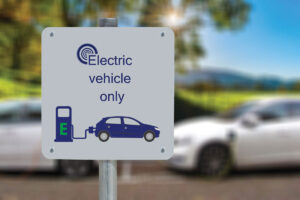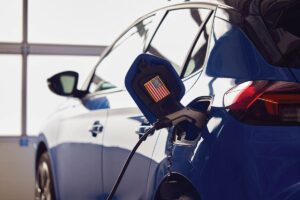You wake up in the morning, grab your cup of coffee, and dash out the door. While walking to your vehicle, you’re numb to the sound of the buzzing propellers coming from the delivery drone that just dropped off a package at your neighbor’s house. Is this our future?
I’d like to take a moment and look at some of the advantages that drones, more appropriately called Unmanned Aerial Vehicles (UAV), could offer in the future. I realize there are many concerns regarding the use of this technology, and some of them very legitimate, that will need to be addressed. For now, let’s look at how these new flying mechanisms might make this world a better place to live.
There should be a clear distinction between the large military type UAVs, used to carry out long-range unmanned missions, and the smaller (less than 50 lbs.) UAVs civilians are using mostly for aerial photography. I am referring to the smaller UAV that can typically be found at the local hobby shop, has four motors with propellers, and some type of camera attached. This type is becoming very popular and you have probably seen footage or pictures that have been taken “high in the sky” by one of them. The footage is visually-appealing because it gives us a new perspective. The result is smooth aerial footage, with great detail, that provides a bird’s eye view. The imagery is very similar to what you would find in the cinema but taken by an average person using off-the-shelf equipment that can be purchased for under $1,000.
First responders are already looking at ways to incorporate UAVs into reconnaissance and search and rescue teams, and some are already using them. Hurricane Katrina was one of the first natural disasters where UAVs were used, contributing to policy changes that affect how they can be deployed in disaster situations. UAVs are especially advantageous in disasters due to their capability to provide better vantage points and higher resolution images than satellites or manned aircraft. They can be deployed quickly when the need arises, which can be a huge advantage to first responders.
In July 2015, firefighters in Maine used a consumer grade UAV to deliver a life jacket to a teenager and a younger boy that were stranded on a rock in the middle of the high current on the Androscoggin River. Rescue crews had tried to brave the current but were overcome and had to return to shore. In Canada, a man that was involved in a rollover accident could not be found by conventional means. Ground search crews and an air ambulance were unsuccessful. Shortly after midnight, amid near freezing temperatures, a UAV was deployed. Using Infrared imaging (FLIR) a heat signature was picked up nearly two miles from the crash site. The 25-year old driver was found curled in a ball next to a snow bank at the base of a tree.
I believe as this technology progresses, we will start to see UAVs used more often as a preventative lifesaving/safety technology. Most of you are aware of the dangers our linemen face every day, working hard to ensure the lights stay on, and in the event of an outage, work tirelessly to provide prompt restoration of service. They put their life on the line working under very dangerous circumstances. Some utilities are already using UAVs for tasks such as power line and insulator inspection, pole inspections, forestry assessments, and damage assessments, eliminating the need to dispatch a bucket truck and put themselves in harm’s way. I even recall an electric co-op that used a UAV in order to pull a new power line across a flooded river, that was inaccessible by boat, in order to restore power. Needless to say this was much safer for the linemen involved, and they were able to restore power much quicker because there was no need for deploying a boat and extra crew.
It’s not a matter of IF UAVs will be common among us, but WHEN. Although there are many concerns revolving around their use, one fact remains, UAVs absolutely have the capability to save lives and make some tasks safer and more efficient.








